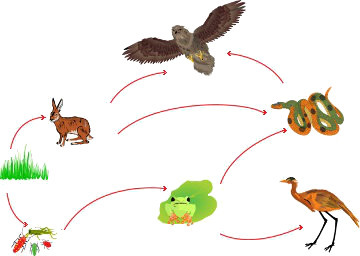O homo naledi it is the most recent hominid species discovered by scientists. The specimens, which were found in South Africa, in a cave known as Rising Star, 50 km from Johannesburg, were presented to the society for the first time in September 2015.
The researchers found bones from 15 individuals of different age groups inside the cave, totaling 1550 bones. As there was a great similarity between the individuals, it is concluded that they were the same species. In-depth studies came to the conclusion that these were individuals of the gender Homo, the same as our species (homo sapiens), and of a hitherto unknown species.
The new hominid species became known as Homo naledi. The term “naledi” in the Sotho language means star, a reference to the name of the cave where the bones were deposited. The bones were located in an area rich in sediment, where the mixing of geological layers occurs. Faced with this problem, scientists were unable to date the bones found, which makes it difficult to understand the role of this species in the evolutionary process. According to studies, bones can date from 100,000 to four million years.
O homo naledi has some similarities to modern man, such as his hands and feet. However, his fingers were curled, probably adapted for climbing trees. Your brain – small compared to ours –, femur, jaw and teeth are more similar to the group called Australopithecus. Given these characteristics, some researchers consider the homo naledi as a "kind of transition" between Australopithecus and Homo.
Do not stop now... There's more after the advertising ;)
In addition to the fact that it is a new species, the homo naledi has a very striking behavioral characteristic. The individuals found were deposited in a place of difficult access and with only one entrance. This fact suggests that the 15 individuals were placed in the same place, as in a kind of funeral ritual. This type of behavior is only observed in homo sapiens and Homo neanderthalensis.
This discovery is fascinating because it changes the current understanding of evolutionary history of man and it allows us to realize that there were a great number of species coexisting and competing for their space on earth. However, groups of researchers claim that the discovery has its flaws and, according to some, the bones found should not be placed as of the genus Homo.
There is still a lot to discover about our evolutionary history, and the discovery of a new species shows that we know little about our ancestors.
By Ma. Vanessa dos Santos
Would you like to reference this text in a school or academic work? Look:
SANTOS, Vanessa Sardinha dos. "Homo naledi"; Brazil School. Available in: https://brasilescola.uol.com.br/biologia/homo-naledi.htm. Accessed on June 27, 2021.


